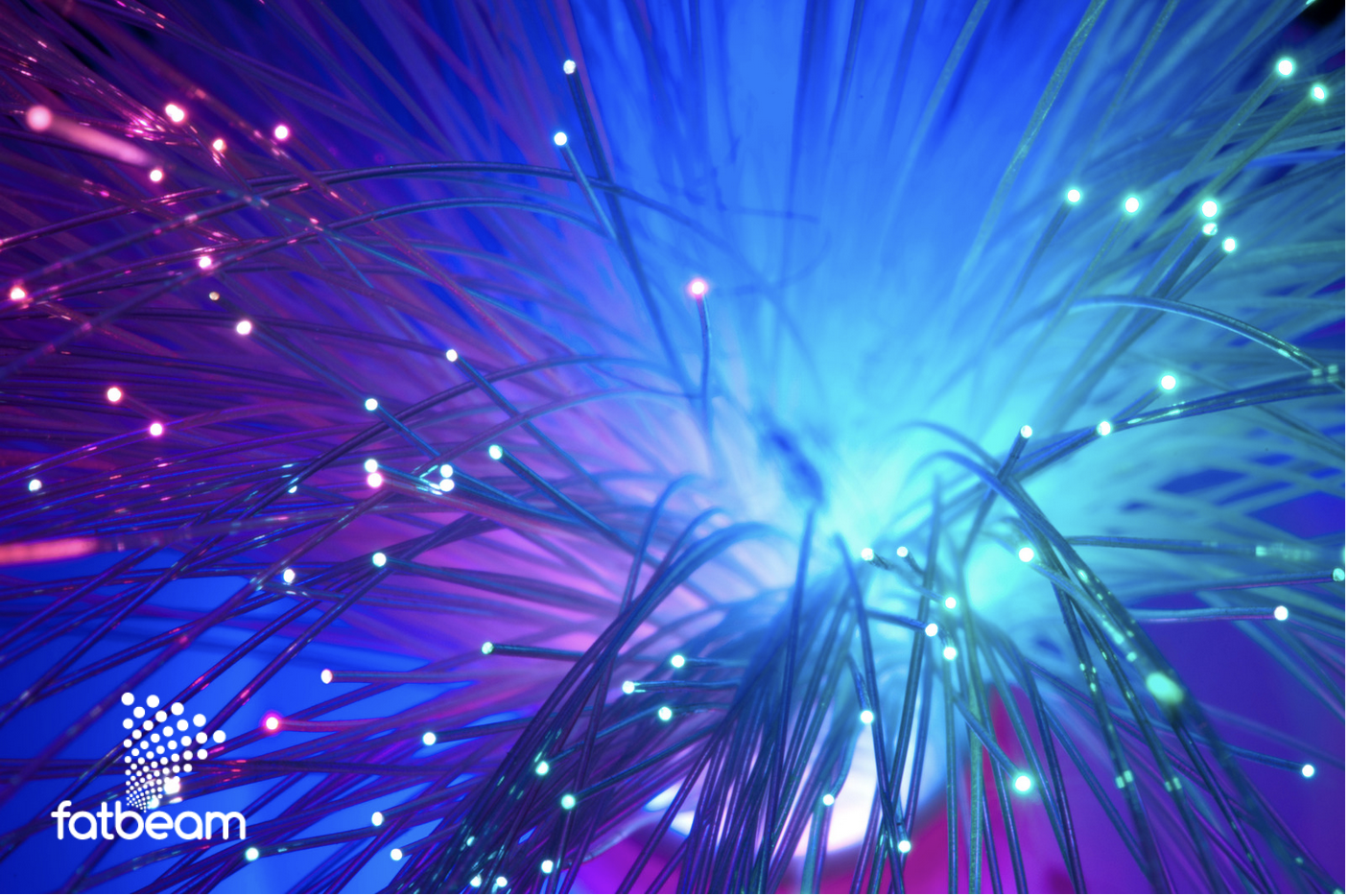Is your business faced with increasing connectivity needs, growing bandwidth requirements, and a need for greater speed and decreased latency? If so, your company is like many other businesses. Whether you are a healthcare institution that requires a lot of video conferencing and streaming capacity, a bank that needs to handle more online banking applications or a government agency that needs ever greater bandwidth, these needs are very common for businesses of all types. Here are some key advantages of dark fiber.
What Is Dark Fiber?
Dark Fiber refers to fiber-optic cables that have been installed but are not yet active or transmitting data.
These cables have the potential to carry data over long distances but are currently unused, meaning no equipment has been attached to send light signals through them.
Dark Fiber is often installed during construction projects or by telecom companies in anticipation of future demand.
Businesses or service providers can lease or purchase these unused fibers to establish their own private networks, gaining control over their bandwidth, latency, and security.
The term "dark" in Dark Fiber refers to the fact that the fiber-optic strands do not carry any light signals because they are not actively in use. Fiber-optic cables transmit data through light pulses.
When fiber is in operation, it carries data by converting digital information into light waves, which move through the glass or plastic strands. If the fiber is not yet in use—no light is sent through it—it remains "dark."
Once the fiber is lit by laser pulses or other forms of light transmission, it becomes part of an active network. Hence, Dark Fiber refers specifically to fiber-optic infrastructure that remains unlit and idle until activated.
Key Advantages Of Dark Fiber
Scalability & Flexibility
A dark fiber strategy has many advantages. The first is its scalability and flexibility. Dark fiber has the ability to be broken down into a multitude of wavelengths using a process called wavelength-division multiplexing (DWDM). DWDM enables multiple data streams to be transmitted along different light wavelengths. Businesses with smaller needs can lease a single wavelength, while larger businesses can lease an entire fiber strand. This is one of the greatest benefits dark fiber offers, and because of this technology, dark fiber can also easily accommodate the needs of today’s businesses which require rapid scalability.
Predictable Bandwidth Costs
Dark fiber offers the best cost structure for higher bandwidth needs compared to traditional Internet Service Provider (ISP) payment options. ISPs usually charge by data usage, meaning the more you use, the more you pay. When you reach a certain point of network growth, an ISP payment arrangement starts to make less and less financial sense. Once a business requires more than 1 Gbps, dark fiber’s fixed payment with unlimited growth capacity becomes a more economical cost option for larger or expanding businesses than the cost of traditional commercial services, especially if the business expects to continue growing in the future.
Better Speed Performance
Dark fiber also provides exceptionally fast speeds. In specific industry sectors like financial services, which often include algorithm-based trading, latency can become a huge problem. Traditional commercial internet services were built with many stops between point A and point B because each stop allows the provider another opportunity to make money for their services. However, when selecting dark fiber, businesses can ensure the most direct and efficient path from end to end. Dark fiber also provides for private networking, which means that companies can quickly identify any issues themselves and fix them without waiting for an ISP to resolve the problems.
Increased Security & Redundancy
According to the latest data available, 53 percent of businesses have either brought or are thinking about bringing cloud-based workloads back on-premises to enhance both security and performance. Dark fiber’s physically private networks are an excellent option for companies looking to increase their data security. With dark fiber, businesses handle the hardware in-house and lease their own dedicated fiber or wavelength.
If the costs for your ISP are increasing along with the demands on your IT infrastructure, now is the time to check into dark fiber and see if you can decrease your costs and latency while increasing your bandwidth, speed, and security.



